Fragrant Fashion
The Wonder of Korea’s Traditional Incense Bags
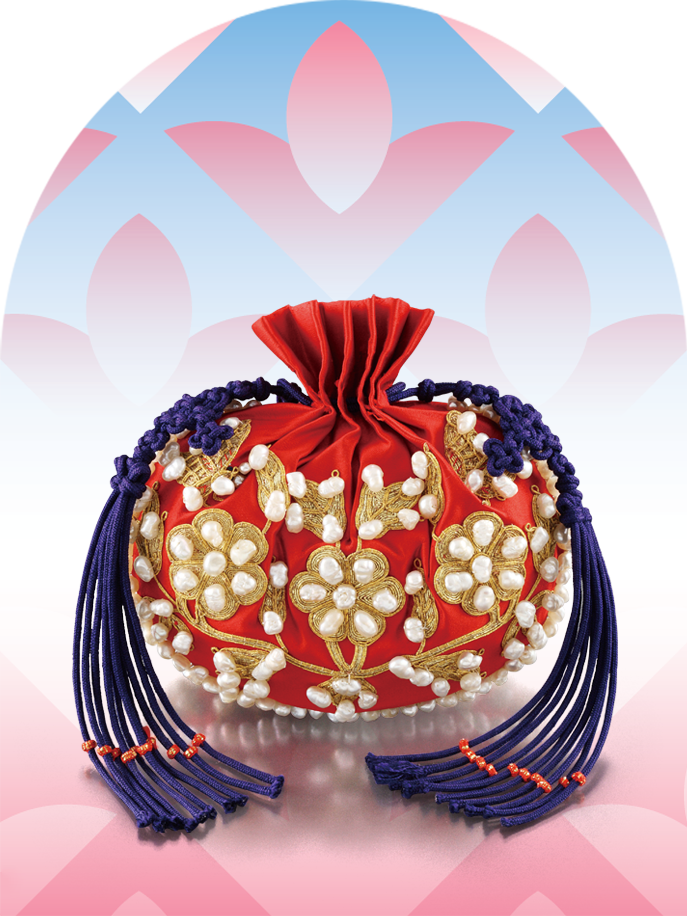
WRITTEN BY
Tim Alper
contributing writer
Photos courtesy of
National Palace Museum of Korea
Many years ago, Koreans would decorate their clothing with hyangnang―beautiful bags filled with fragrant items that also had a very practical purpose!
If you have ever watched a Korean period drama and been wowed by the costumes on display, your eye was doubtlessly caught by the ornamental, tasseled decorations used to adorn and accentuate traditional clothing. Known as norigae, the items you will see in such dramas were an invention of the Joseon Dynasty (1392-1910).
But the historical record tells a far more fascinating story even than the tale of Joseon norigae: Hundreds of years before the Joseons even took power, precursors to these accessories were all the rage―and some smelled sweeter than roses and honey!
On the Scent
Before the Joseon rulers came the Goryeo monarchs, who ruled from 918 to 1392. The Chinese envoy Xu Jing visited Goryeo lands in the early 12th century. He returned to pen an account of his travels, known as the Goryeo Dogyeong, in 1123. This document is the very first written record of Goryeo society―and contains a fascinating clue for fashion historians.
In one passage, Xu Jing describes how Goryeo noble-women wore fragrant, “gold” incense bags―and that they were very keen to make sure that everyone took note of these whenever they stepped out. These bags were known as hyangnang. Some were worn as norigae, others were carried much as some modern folks carry a clutch bag.
While always eye-catching, hyangnang were not merely decorative. Although at first glance, their central part looks as though it might be purely ornamental, this was never the case. Some were made of materials like silk―often sewn up and intended never to be opened. But others were more like small boxes with clasps, allowing their users to open them with ease. Others still looked like miniature sacks, with small drawstrings that could also be opened quickly.
What is even more fascinating than their diversity of design, perhaps, is the multifarious nature of what people carried in their hyangnang.
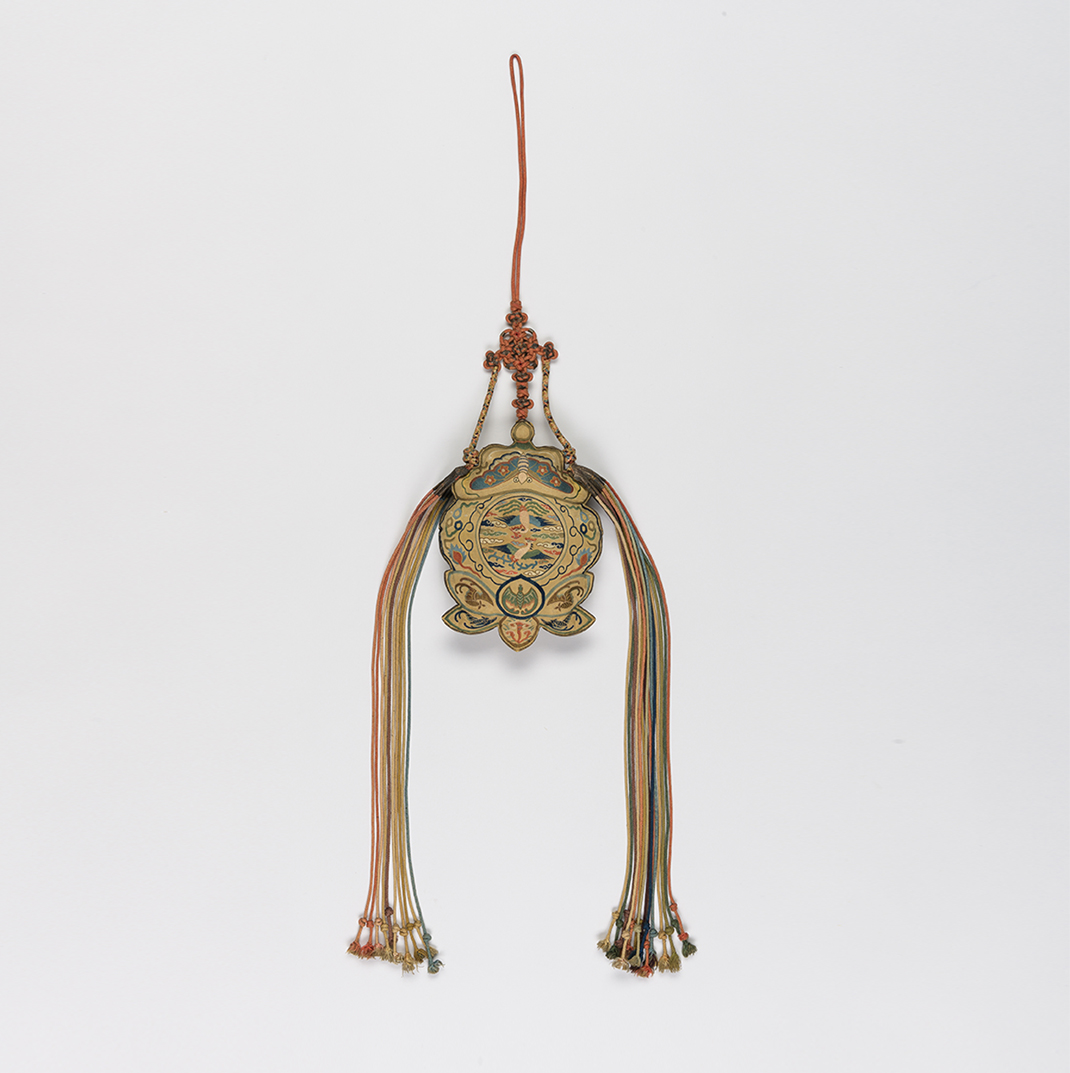
The queen’s robe features seven kinds of flowers, as well as clouds and the Chinese characters for ‘long life’ and ‘blessings.’ © Cultural Heritage Administration
Students of European history will know all about the so-called “plague bags” or “scent bags” of late Medie-val-Early Modern Europe. Immortalized in the children’s nursery rhyme Ring a Ring o’ Roses and its line about “a pocket full of posey,” these bags were the equivalent of modern potpourri―intended to mask the foul smell of death in the days of the Bubonic Plague and the open sewers in early European cities.
But while hyangnang were often just as fragrant as these European bags, they usually had much more practical uses.
Korea’s humid summers bring with them a whole host of insects. But some hyangnang items were designed to ward these away from their wearers, containing herbal scents that the bugs found unappealing.
But while insects were only a minor annoyance in most cases, snakes could provide a mortal threat to life. Fortunately, there were herbs that could repel these dangerous reptiles, too. As such, upon sighting a snake in a patch of grass, the wearer could whip off their hyangnang and wave it at the snake, which would recoil from the odor.
Some hyangnang bags were used as not unlike a modern first aid kits. They contained dried blocks of herbs or animal product-derived traditional medicine that could be removed from the bags and ground up. The ensuing powder could then be added to water or alcohol and administered as medicine to treat sudden onsets of common illnesses, such as stomach pains, vomiting or skin rashes.
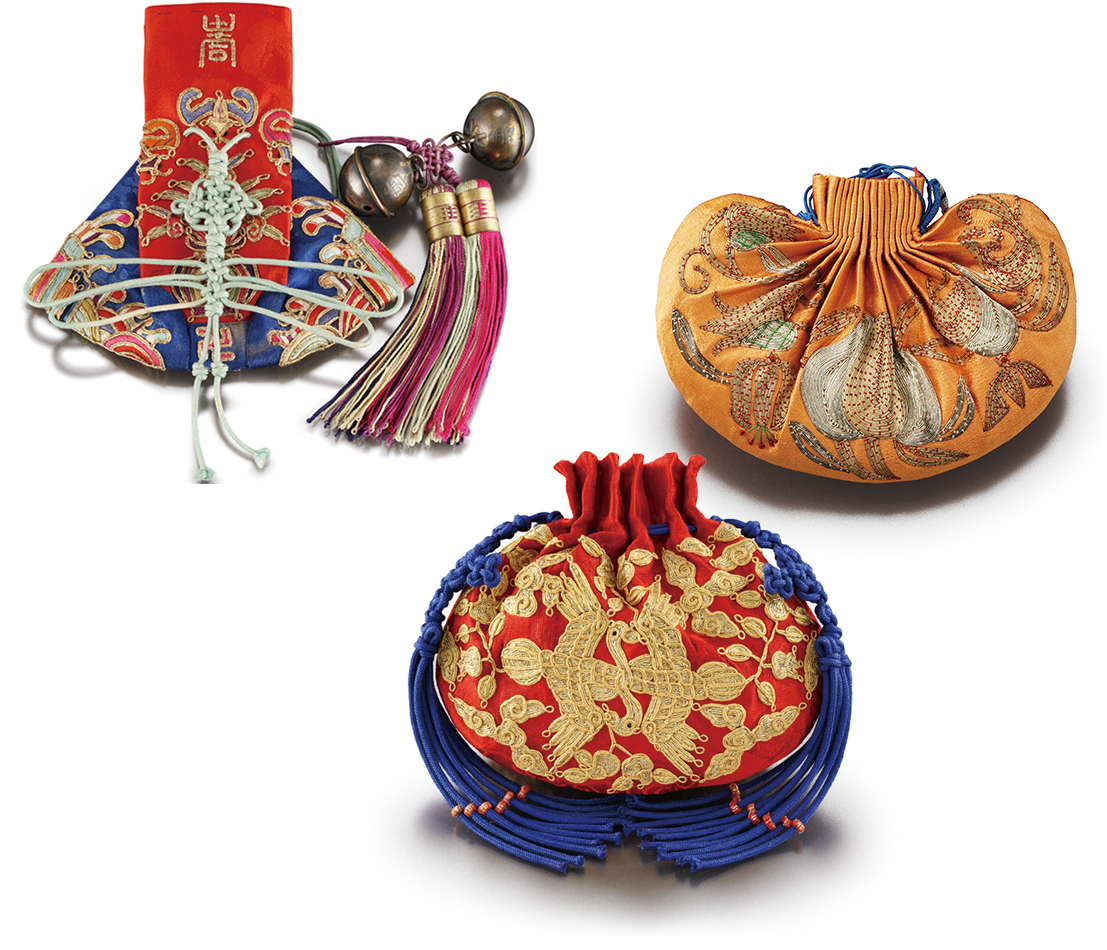
Richly decorated hyangnang used by Joseon era royals.
Eye-catching Design
Although their ostensible primary function was storage, hyangnang bags could be also highly decorative. Xu Jing’s descriptions of the “gold” hyangnang of Goryeo noblewomen were not an exaggeration: Actual pieces from the Goryeo period were often made of precious metals and resembled the dainty Victorian-era pill boxes that would later become all the rage in Europe.
As is often the case in all things fashion-related, the richer or higher-status a wearer was, the more elaborate and expensive their hyangnang tended to be. In some cases, hyangnang pieces made use of materials like gold, pearls, fine silk and lacquer-finished wood.
Some featured symbols that reflected their wearer’s hopes, dreams and beliefs. Elements of Korea’s wide range of religions and philosophies―from shamanism to the Buddhism that thrived in the Goryeo era to the Confucian values of the Joseons―can be seen in the many examples of hyangnang now housed in many of Korea’s museums.
Some of these symbols expressed the wearer’s desire to bear or sire male heirs, others expressed their hopes to become wealthy―allowing the pieces to essentially double as amulets. In a few cases, the symbolism made use of elements from various different religions. And numerous pieces bore floral patterns, whereby the flowers represented spoke of values such as longevity and good health.
In the heyday of hyangnang, there were even professional crafts people who dedicated their lives to creating these stunning yet practical pieces. Even in the modern age, many contemporary designers making incense bags for 21st century citizens sometimes base their creations on these amazing traditional accessories!
Other Articles
-

Special Ⅰ Where Creativity Flows
-
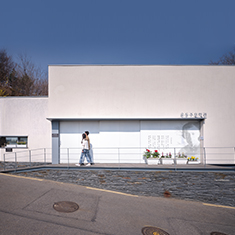
Special Ⅱ A Pumping Station with Spirit
-

Trend All About Drainage Basins
-
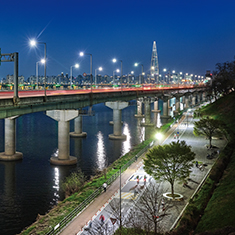
Hidden View City of Lights
-
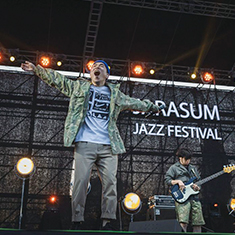
Interview A Bit of Traditional
Musical Futurism -

Art of Detail Fragrant Fashion
-
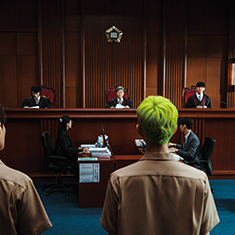
Film & TV When Justice Fails
the Youth -
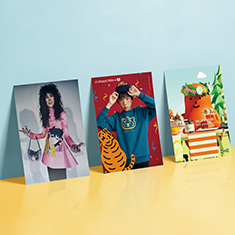
Collaboration Making the Unfamiliar Familiar
-
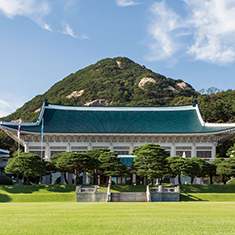
Current Korea Cheong Wa Dae,
Back to The People -

Global Korea Hanbok Appears
in the MV of a Pop Artist
